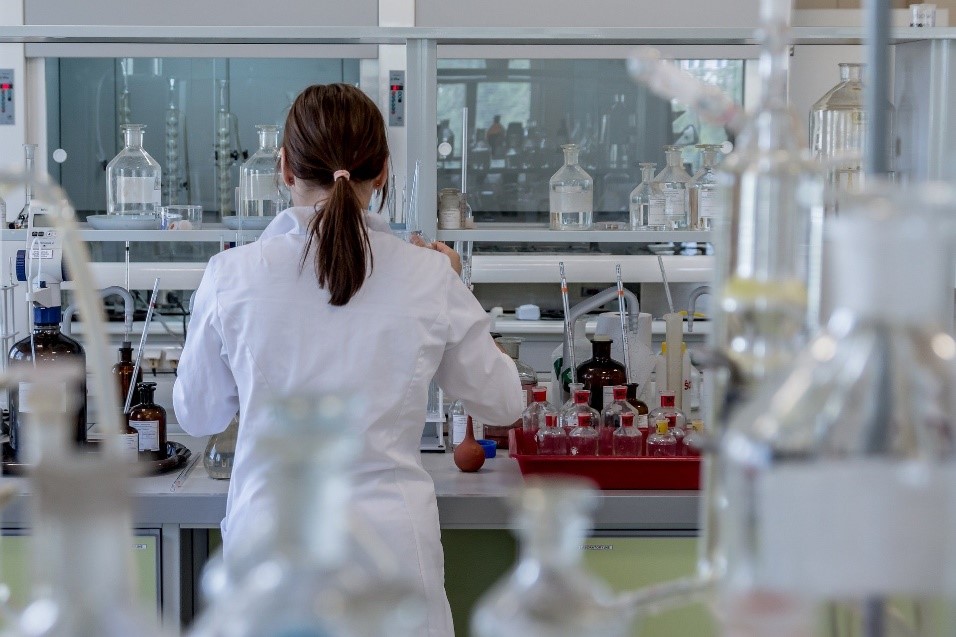Aseptic Techniques
Why aseptic techniques are important when culturing cells?
Bacteria exists everywhere, while some are beneficial, others are harmful. Bacteria, mycoplasma, yeast, and fungal spores may be introduced via the operator, the atmosphere, work surfaces, solutions and many other sources. These microorganisms can result in contamination, and it remains the main problem in tissue culture - 70% of all these problems are due to a lack of comprehensive aseptic techniques. Therefore, actions need to be taken to keep them out of the sterile environment.

Contamination can be minor and confined to one or two cultures, can spread among several cultures and compromise a whole experiment, or can be widespread and wipe out your entire stock.
Aseptic technique is a combination of procedures designed to reduce the probability of infection, and the correlation between the omission of a step and subsequent contamination is not always absolute.
How aseptic techniques prevent cross-contamination?
Correct aseptic techniques should provide a barrier between microorganisms in the environment outside the culture and the pure, uncontaminated culture within its flask or disk. Hence all materials that will come into direct contact with the culture must be sterile, and manipulations must be designed such that there is no direct link between the culture and its nonsterile surrounding.
As testing the need for specific precautions would be time-consuming, procedures are mainly adopted based on common sense and experience. It involves applying the strictest rules to minimize the risk of infection. Aseptic techniques aim to exclude contamination by establishing a strict code of practice and ensuring that everyone using the facility adheres to it.
Sterile techniques in a lab

As cell culture techniques often entail several steps which can lead to contamination, cell culture media is often supplemented with antibiotics.
Premium brands such as BioConcept Ltd. offer cell culture media. Their products have rigorous measures for quality assurance which will significantly reduce the incidence of contamination.
However, it will not eliminate cell culture contamination resulting from a poor sterile technique or antibiotic-resistant mutants.
One of the most used sterile techniques in a lab is Autoclaving, which will render pipettes, glassware and solutions sterile. Yet, nutrient media cannot be autoclaved, as the compounds are destroyed by the heat generated during autoclaving. Media must, therefore, be sterilised by sterile filtration through filters small enough in pore size to hold back bacteria and mycoplasma.
Guidelines for Sterile Techniques
- Wipe your work surface with sterile filtered 70% ethanol. Filtration is required as 70% ethanol can be a good preservative for Fungi spores. It may help to rinse your hands with ethanol as well.
- Never uncover a sterile flask, bottle or petri dish until the instant you are ready to use it. Return any covers as soon as you are finished.
- Sterile pipettes should NEVER be taken from the cylinder or wrapping until they are ready to be used. Keep your pipettes at your work area. Sterile pipettes DO NOT have to be flamed, as pipetting your cells with a hot pipette will kill them.
- When removing the cap from a bottle, flask, etc., keep it face down, grasping it with the little finger of your right hand. DO NOT place caps on the lab bench. Flame the lips of flasks, bottles and other culture ware before and after introduction of a pipette. DO NOT hold the opening straight into the air. If possible, tilt the container in a way that any falling microorganisms will land in the lip where they will be flamed upon closure.
- Avoid talking, singing or whistling while performing sterile procedures as these generate aerosol contaminants.
- NEVER PIPETTE BY MOUTH. Use a pi-pump or other device. Even though your pipettes are plugged, mycoplasma in your mouth can still pass through and become one of the largest problems in cell culture contamination.
- DO NOT draw from a bottle more than once with the same pipette. Use a sterile pipette each time – especially when pipetting media!
- Techniques should be performed as rapidly as possible to minimize contamination.
It is possible that you may find yourself performing a procedure not addressed by these sterile technique guidelines. Therefore, you must constantly be aware that microorganisms are everywhere and take proper steps to keep them out of your cultures.
When first developing your aseptic technique, you must always think of sterility. Eventually, it will become second nature to you. Mastering good aseptic technique will save minimization of biohazard risk when infectious organisms or dangerous chemicals are being used.
Want to Find Out More?
Contact us today, our team will be happy to help with any questions you may have.
Contact us Today! |
